|
Your search criteria found 1199 images Target is Jupiter (and available satellites) |
| My List |
Addition Date | Target |
Mission
|
Instrument | Size |

|
2024-01-30 | Europa |
Europa Clipper |
7591x5829x3 | |
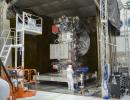
|
|||||

|
2024-03-08 | Europa |
Europa Clipper |
8272x6200x3 | |

|
|||||

|
2024-03-08 | Europa |
Europa Clipper |
7661x5742x3 | |
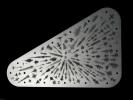
|
|||||

|
2024-03-27 | Europa |
Europa Clipper |
6200x8272x3 | |

|
|||||

|
2024-03-27 | Europa |
Europa Clipper |
8256x5504x3 | |
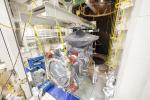
|
|||||

|
2024-04-11 | Europa |
Europa Clipper |
8272x6200x3 | |

|
|||||

|
2024-04-11 | Europa |
Europa Clipper |
8256x5504x3 | |
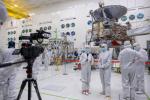
|
|||||

|
2024-04-11 | Europa |
Europa Clipper |
7071x5300x3 | |
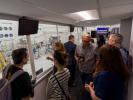
|
|||||

|
2023-11-15 | Europa |
Europa Lander |
Landing System |
1743x1019x3 |

|
|||||

|
2024-01-17 | Europa |
Europa Lander |
Landing System |
4032x3024x3 |
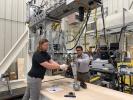
|
|||||

|
2024-01-17 | Europa |
Europa Lander |
Landing System |
1670x935x3 |
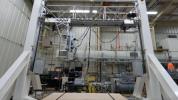
|
|||||

|
2024-01-17 | Europa |
Europa Lander |
Landing System |
1670x935x3 |
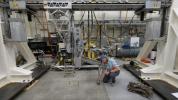
|
|||||

|
1996-01-29 | Jupiter |
Galileo |
Solid-State Imaging |
1600x1250x1 |
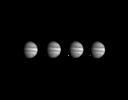
|
|||||

|
1996-06-06 | Ganymede |
Galileo |
Solid-State Imaging |
825x825x1 |
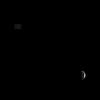
|
|||||

|
1997-09-07 | Io |
Galileo |
Solid-State Imaging |
2340x1475x3 |
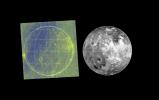
|
|||||

|
1997-09-07 | Europa |
Galileo |
Solid-State Imaging |
793x794x3 |
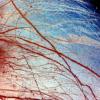
|
|||||

|
1997-09-07 | Ganymede |
Galileo |
Solid-State Imaging |
526x797x1 |

|
|||||

|
1997-09-07 | Ganymede |
Galileo |
Solid-State Imaging |
1105x798x1 |
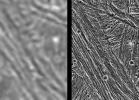
|
|||||

|
1997-09-07 | Ganymede |
Galileo |
Solid-State Imaging |
640x480x1 |
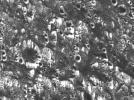
|
|||||

|
1997-09-07 | Ganymede |
Galileo |
Solid-State Imaging |
574x798x1 |

|
|||||

|
1997-09-07 | Ganymede |
Galileo |
Solid-State Imaging |
544x796x1 |

|
|||||

|
1997-09-07 | Ganymede |
Galileo |
Solid-State Imaging |
1443x1656x1 |

|
|||||

|
1997-09-08 | Io |
Galileo |
Solid-State Imaging |
700x800x3 |

|
|||||

|
1997-09-07 | Europa |
Galileo |
Solid-State Imaging |
968x452x1 |
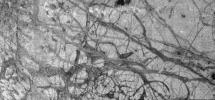
|
|||||

|
1997-09-08 | Io |
Galileo |
Solid-State Imaging |
2600x1150x3 |
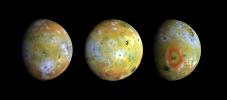
|
|||||

|
1997-09-10 | Io |
Galileo |
Solid-State Imaging |
1775x1300x3 |

|
|||||

|
1997-09-07 | Europa |
Galileo |
Solid-State Imaging |
1070x868x1 |
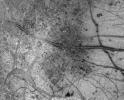
|
|||||

|
1998-03-26 | Europa |
Galileo |
Solid-State Imaging |
1903x1864x1 |
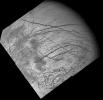
|
|||||

|
1997-09-07 | Jupiter |
Galileo |
Solid-State Imaging |
1024x2048x3 |

|
|||||

|
1997-09-07 | Jupiter |
Galileo |
Solid-State Imaging |
1400x900x1 |
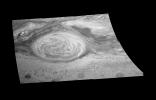
|
|||||

|
1997-09-07 | Jupiter |
Galileo |
Solid-State Imaging |
2100x1200x3 |
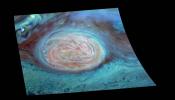
|
|||||

|
1997-09-07 | Jupiter |
Galileo |
Solid-State Imaging |
1546x1127x1 |
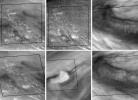
|
|||||

|
1997-09-07 | Io |
Galileo |
Solid-State Imaging |
2000x2000x3 |
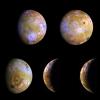
|
|||||

|
1997-09-07 | Ganymede |
Galileo |
Solid-State Imaging |
2470x2110x1 |
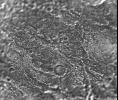
|
|||||

|
1997-09-07 | Ganymede |
Galileo |
Solid-State Imaging |
1665x1882x1 |

|
|||||

|
1997-11-18 | Io |
Galileo |
Solid-State Imaging |
798x787x3 |
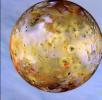
|
|||||

|
1997-11-18 | Io |
Galileo |
Solid-State Imaging |
1215x729x3 |
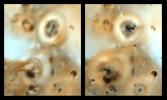
|
|||||

|
1997-11-18 | Ganymede |
Galileo |
Solid-State Imaging |
400x400x1 |
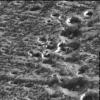
|
|||||

|
1997-11-18 | Ganymede |
Galileo |
Solid-State Imaging |
560x905x1 |

|
|||||

|
1997-11-18 | Ganymede |
Galileo |
Solid-State Imaging |
1920x1080x3 |
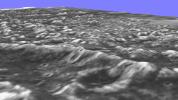
|
|||||

|
1998-03-26 | Ganymede |
Galileo |
Near Infrared Mapping Spectrometer |
1950x1500x3 |
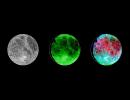
|
|||||

|
1998-03-26 | Jupiter |
Galileo |
Near Infrared Mapping Spectrometer |
233x506x3 |
|
|
|||||

|
1997-11-18 | Europa |
Galileo |
Solid-State Imaging |
2000x1000x3 |
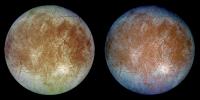
|
|||||

|
1997-09-08 | Jupiter |
Galileo |
Solid-State Imaging |
700x800x3 |

|
|||||

|
1997-12-18 | Callisto |
Galileo |
Solid-State Imaging |
400x400x1 |
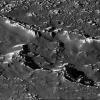
|
|||||

|
1997-12-18 | Callisto |
Galileo |
Solid-State Imaging |
400x400x1 |
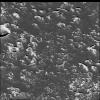
|
|||||

|
1997-12-18 | Callisto |
Galileo |
Solid-State Imaging |
1757x1905x1 |

|
|||||

|
1997-12-18 | Europa |
Galileo |
Solid-State Imaging |
800x800x1 |
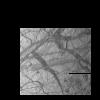
|
|||||

|
1997-12-16 | Ganymede |
Galileo |
2667x2000x3 | |
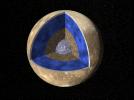
|
|||||

|
1998-03-26 | Io |
Galileo |
Near Infrared Mapping Spectrometer |
1900x1300x3 |
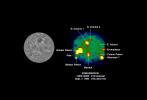
|
|||||

|
1997-11-18 | Ganymede |
Galileo |
Solid-State Imaging |
1920x1080x3 |
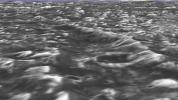
|
|||||

|
1997-12-18 | Jupiter |
Galileo |
Solid-State Imaging |
820x1440x3 |

|
|||||

|
1997-12-18 | Io |
Galileo |
Solid-State Imaging |
800x800x1 |
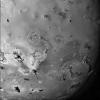
|
|||||

|
1997-12-18 | Io |
Galileo |
Solid-State Imaging |
493x493x1 |
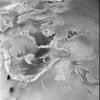
|
|||||

|
1998-03-26 | J Rings |
Galileo |
Solid-State Imaging |
1108x300x1 |

|
|||||

|
1998-03-06 | Europa |
Galileo |
Solid-State Imaging |
1248x800x1 |
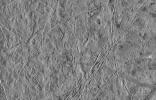
|
|||||

|
1998-03-06 | Europa |
Galileo |
Solid-State Imaging |
1200x800x1 |

|
|||||

|
1998-03-06 | Europa |
Galileo |
Solid-State Imaging |
880x396x1 |
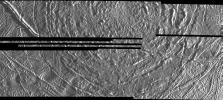
|
|||||

|
1998-03-06 | Europa |
Galileo |
Solid-State Imaging |
725x398x1 |
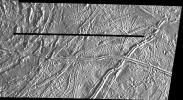
|
|||||

|
1998-03-06 | Europa |
Galileo |
Solid-State Imaging |
730x1410x1 |

|
|||||

|
1998-03-06 | Europa |
Galileo |
Solid-State Imaging |
1410x912x1 |
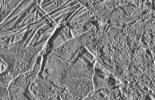
|
|||||

|
1997-12-18 | Jupiter |
Galileo |
Solid-State Imaging |
625x685x3 |

|
|||||

|
1997-12-18 | Callisto |
Galileo |
Solid-State Imaging |
1088x585x1 |
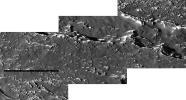
|
|||||

|
1997-12-18 | Jupiter |
Galileo |
Solid-State Imaging |
758x1028x1 |

|
|||||

|
1997-12-18 | Callisto |
Galileo |
Solid-State Imaging |
2130x1065x1 |
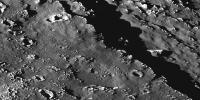
|
|||||

|
1997-12-18 | Callisto |
Galileo |
Solid-State Imaging |
1099x1451x3 |

|
|||||

|
1997-12-18 | Jupiter |
Galileo |
Solid-State Imaging |
800x800x3 |
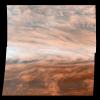
|
|||||

|
1997-09-07 | Europa |
Galileo |
Solid-State Imaging |
630x325x1 |
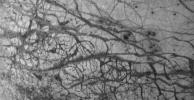
|
|||||

|
1997-09-07 | Ganymede |
Galileo |
Solid-State Imaging |
1200x800x1 |
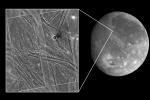
|
|||||

|
1997-09-07 | Ganymede |
Galileo |
Solid-State Imaging |
1200x800x1 |
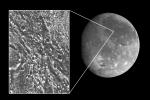
|
|||||

|
1997-12-18 | Callisto |
Galileo |
Solid-State Imaging |
800x780x1 |
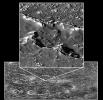
|
|||||

|
1998-03-26 | Jupiter |
Galileo |
Near Infrared Mapping Spectrometer |
1000x800x3 |
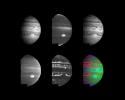
|
|||||

|
1997-12-18 | Io |
Galileo |
Solid-State Imaging |
1817x1817x3 |
![Io, the most volcanic body in the solar system is seen in the highest resolution obtained to date [Sept.7 & Nov. 6, 1996] by NASA's Galileo spacecraft.](/thumb/PIA00583.jpg)
|
|||||

|
1998-03-06 | Io |
Galileo |
Solid-State Imaging |
980x655x3 |
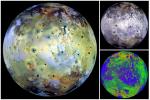
|
|||||

|
1997-11-18 | Io |
Galileo |
Solid-State Imaging |
2284x727x3 |

|
|||||

|
1998-03-26 | Europa |
Galileo |
Solid-State Imaging |
920x720x1 |
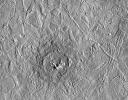
|
|||||

|
1998-03-26 | Europa |
Galileo |
Solid-State Imaging |
1540x1200x1 |
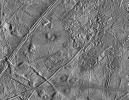
|
|||||

|
1998-03-26 | Europa |
Galileo |
Solid-State Imaging |
635x680x1 |

|
|||||

|
1998-02-04 | Europa |
Galileo |
Solid-State Imaging |
1160x930x1 |
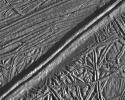
|
|||||

|
1998-03-26 | Europa |
Galileo |
Solid-State Imaging |
1600x1280x1 |
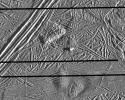
|
|||||

|
1998-03-26 | Europa |
Galileo |
Solid-State Imaging |
1710x1320x1 |
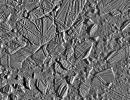
|
|||||

|
1998-03-06 | Europa |
Galileo |
Solid-State Imaging |
1400x1000x1 |
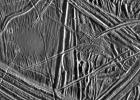
|
|||||

|
1997-12-18 | Io |
Galileo |
Solid-State Imaging |
390x197x3 |
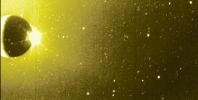
|
|||||

|
1997-12-18 | Io |
Galileo |
Solid-State Imaging |
388x394x3 |

|
|||||

|
1998-03-06 | Europa |
Galileo |
Solid-State Imaging |
674x875x1 |

|
|||||

|
1998-03-26 | Europa |
Galileo |
Solid-State Imaging |
820x1275x1 |

|
|||||

|
1998-02-04 | Europa |
Galileo |
Solid-State Imaging |
885x1415x1 |

|
|||||

|
1998-03-06 | Europa |
Galileo |
Solid-State Imaging |
760x755x1 |
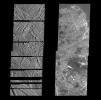
|
|||||

|
1998-03-06 | Europa |
Galileo |
Solid-State Imaging |
750x1075x1 |

|
|||||

|
1997-11-18 | Jupiter |
Galileo |
Solid-State Imaging |
1053x1491x3 |

|
|||||

|
1997-11-18 | Callisto |
Galileo |
Solid-State Imaging |
1870x635x3 |
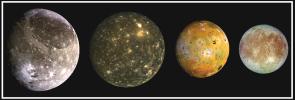
|
|||||

|
1998-03-06 | Jupiter |
Galileo |
Solid-State Imaging |
1300x1000x3 |
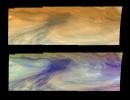
|
|||||

|
1997-09-23 | Jupiter |
Galileo |
Solid-State Imaging |
712x715x3 |
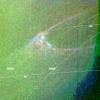
|
|||||

|
1998-03-06 | Jupiter |
Galileo |
Solid-State Imaging |
1300x1200x1 |
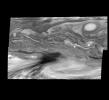
|
|||||

|
1997-09-23 | Jupiter |
Galileo |
Solid-State Imaging |
614x900x1 |

|
|||||

|
1998-03-26 | J Rings |
Galileo |
Solid-State Imaging |
1493x487x1 |

|
|||||

|
1998-03-26 | J Rings |
Galileo |
Solid-State Imaging |
1152x376x3 |

|
|||||

|
1998-03-26 | J Rings |
Galileo |
Solid-State Imaging |
800x410x1 |
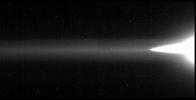
|
|||||

|
1998-03-26 | Jupiter |
Galileo |
Solid-State Imaging |
1700x1700x3 |
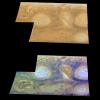
|
|||||

|
1998-03-26 | J Rings |
Galileo |
Solid-State Imaging |
1151x800x3 |
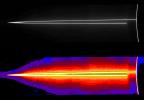
|
|||||

|
 |
 |
 |
 |
 |
 |
 |
 |
 |
 |

|
| 1-100 | 101-200 | 201-300 | 301-400 | 401-500 | 501-600 | 601-700 | 701-800 | 801-900 | 901-1000 |
| Currently displaying images: 101 - 200 of 1199 |